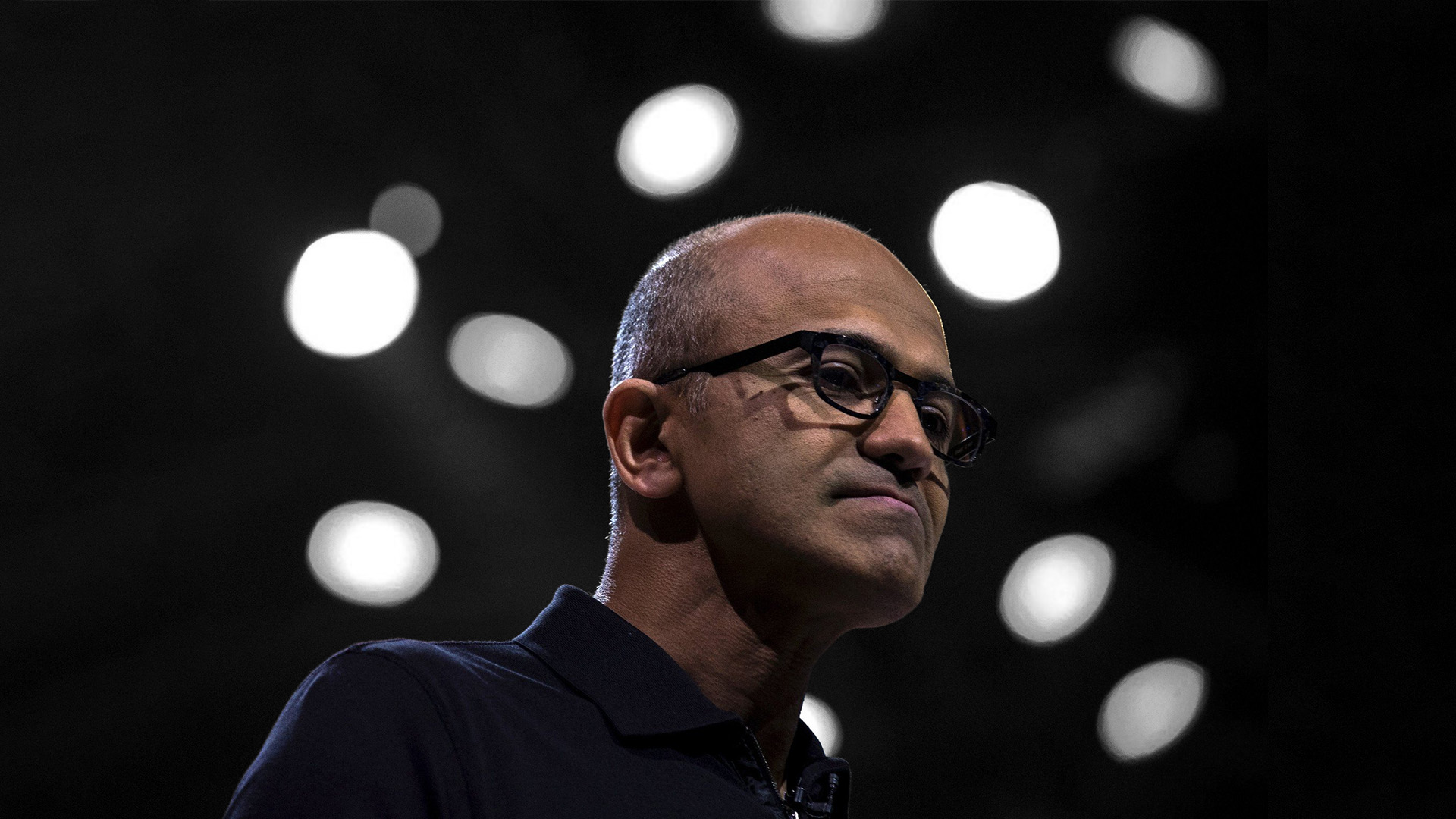OpenAI's GPT-4 helped Microsoft CEO Satya Nadella live a childhood dream
Microsoft CEO Satya Nadella discussed generative AI, his company's partnership with OpenAI, and everything in between.

- Microsoft talks about its plans for AI and making it more accessible to everyone.
- Microsoft's CEO recounts a eureka moment where he unlocked a childhood dream and read Persian poetry using the GPT-3 model.
- Satya Nadella has highlighted that Sydney's technology is improving and that there are innovative solutions to help correct instances where it might hallucinate.
Earlier this week, Microsoft's CEO Satya Nadella touched base with Wired's Steven Levy, where he shed more light on the company's heavy investment in generative AI and recent deployment across most of its consumer and enterprise products.
Levy started the interview by posing a question to the CEO to understand Microsoft's decision to venture into generative AI and what prompted the move. Nadella indicated that it was only when the company was transitioning from GPT 2.5 to 3 that they started noticing impressive feats and realized that they could do and achieve more with this technology.
The fact that no extra measures were put into place to train the model how to code, but it was still able to achieve impressive results was when he truly became a believer and realized that AI was transformative.
Further into the interview, Nadella recounts his eureka moment when the GPT-3 model helped him achieve one of his childhood dreams. While growing up in Hyderabad, India, he always wanted to read Persian poetry, and via the model, he was able to translate the work of Rumi into Urdu and then English.
GPT-4 did it, in one shot. It was not just a machine translation, but something that preserved the sovereignty of poetry across two language boundaries. And that's pretty cool.
Microsoft CEO, Satya Nadella
The CEO further disclosed that Microsoft has been investing in AI for a while now, and even had its own entry dubbed Turing that was used across its offerings including Bing and Azure. He further added that the company decided to join forces with OpenAI after making the discovery that they were both working towards the same goal. It was much easier for both companies to work together and combine resources to achieve this goal rather than trying to train multiple models simultaneously.
I wanted one foundation, making it a basis for a platform effect. So we partnered. They bet on us, we bet on them. They do the foundation models, and we do a lot of work around them, including the tooling around responsible AI and AI safety. At the end of the day we are two independent companies deeply partnered to go after one goal, with discipline, instead of multiple teams just doing random things. We said, “Let's go after this and build one thing that really captures the imagination of the world.”
Microsoft CEO, Satya Nadella
Levy inquired whether Microsoft considered buying OpenAI initially, but Nadella quickly responded and stated that it was a non-profit.
Nadella further cited that OpenAI was able to come up with a "complicated workaround" where both companies were able to create a for-profit entry allowing them to plough back profits from their ventures.
All the latest news, reviews, and guides for Windows and Xbox diehards.
Apparently, it’s set up so that OpenAI makes money from your deal, as does Microsoft, but there’s a cap on how much profit your collaboration can accumulate. When you reach it, it’s like Cinderella’s carriage turning into the pumpkin—OpenAI becomes a pure nonprofit. What happens to the partnership then? Does OpenAI get to say, “We're totally nonprofit, and we don't want to be part of a commercial operation?”
Steven Levy, Wired
Microsoft's CEO indicated that once both companies hit the set cap on how much profit they can make from their ventures, the only natural cause of action would be to sever their ties, as highlighted in their detailed blog. But their main goal is to achieve superintelligence first.
When asked about OpenAI's Sam Altman belief on hitting AGI superintelligence benchmark, Nadella highlighted that his concern is more vested on how make AI capabilities accessible to everyone.
I’m much more focused on the benefits to all of us. I am haunted by the fact that the industrial revolution didn’t touch the parts of the world where I grew up until much later. So I am looking for the thing that may be even bigger than the industrial revolution and really doing what the industrial revolution did for the West, for everyone in the world. So I’m not at all worried about AGI showing up, or showing up fast. Great, right? That means 8 billion people have abundance. That’s a fantastic world to live in.
Microsoft CEO, Satya Nadella
Levy also touched on Microsoft's rush to ship the new Bing to the public, which was received with a lot of concern from users, with several journalists citing instances where the chatbot had hallucinated or provided wrong responses outrightly.
The release caused a ripple effect which caused key industry players to follow suit and jump on the AI craze with their entries headfirst, regardless of whether they were ready to ship.
Microsoft has maintained that the technology is getting better and that there are innovations that will help remedy instances where the chatbot hallucinates. Moreover, the tool sports several modes to help the user refine responses further.
Nadella responds to talks about requests by people to hit pause on AI innovations for six months and indicates rather than completely crippling the process. The company is putting elaborate measures in place to ensure that they are able to establish control over the innovation and that safety is maintained.
That said, at this point, instead of just saying stop, I would say we should speed up the work that needs to be done to create these alignments. We did not launch Sydney with GPT-4 the first day I saw it, because we had to do a lot of work to build a safety harness. But we also knew we couldn't do all the alignment in the lab. To align an AI model with the world, you have to align it in the world and not in some simulation.
Microsoft CEO, Satya Nadella
Toward the end of the interview, Nadella was asked about the impact of AI and whether it would destroy human life. He went on to highlight that something that's out of control is indeed a threat.
However, he highlighted that elaborate measures have been put in place to establish control over the power grid and nuclear energy. Therefore, the same efforts and more can be used to manage AI. " We can deal with powerful technology," Microsoft's CEO added.
The interview comes to an end with Levy asking the CEO whether he thinks he'll be remembered for his contributions to Microsoft, specifically the AI transformation. He stated that it's entirely up to people to decide what he'll be remembered for and further added that the company has been making strides in the past couple of years that continues to make it relevant in the technology space to date, with AI transformation at the forefront.

Kevin Okemwa is a seasoned tech journalist based in Nairobi, Kenya with lots of experience covering the latest trends and developments in the industry at Windows Central. With a passion for innovation and a keen eye for detail, he has written for leading publications such as OnMSFT, MakeUseOf, and Windows Report, providing insightful analysis and breaking news on everything revolving around the Microsoft ecosystem. While AFK and not busy following the ever-emerging trends in tech, you can find him exploring the world or listening to music.
